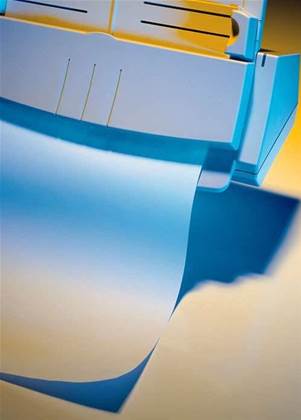
"One of the printers released particles into an experimental chamber at a rate comparable to the particle emissions from cigarette smoking," the researchers stated.
Thirty-seven of the 62 printers, on the other hand, released no particles that diminished air quality. Six released only low levels, and two medium levels.
All printers were monitored in an open office and the researchers recorded data on three laser printers in an experimental chamber.
The study included popular models in the US and Australia sold internationally under the Canon, HP Color Laserjet, Ricoh and Toshiba brand names.
Most of the printer-generated particles detected were ultrafine, Morawska said, explaining that such contaminants are easily inhaled into the smallest passageways of the lungs where they could pose “a significant health threat”.
“It wasn’t an area we consciously decided to study,” Morawska said in an interview. “We came across it by chance. Initially we were studying the efficiency of ventilation systems to protect office settings from outdoor air pollutants. We soon realised that we were seeing air pollution originating indoors, from laser printers.”
The study found that indoor particle levels in the office air increased fivefold during work hours due to printer use. Printers emitted more particles when operating with new toner cartridges and when printing graphics and images that require greater quantities of toner.
As a result of the study, the scientists are calling on government officials to consider regulating emission levels from laser printers. “By all means, this is an important indoor source of pollution,” Morawska said. “There should be regulations.”
The research is scheduled for publication in the 1 August online issue of the American Chemical Society’s Environmental Science & Technology (ES&T).



_(22).jpg&h=140&w=231&c=1&s=0)
.png&h=140&w=231&c=1&s=0)



_(26).jpg&w=100&c=1&s=0)

 iTnews Executive Retreat - Security Leaders Edition
iTnews Executive Retreat - Security Leaders Edition









_(1).jpg&h=140&w=231&c=1&s=0)



